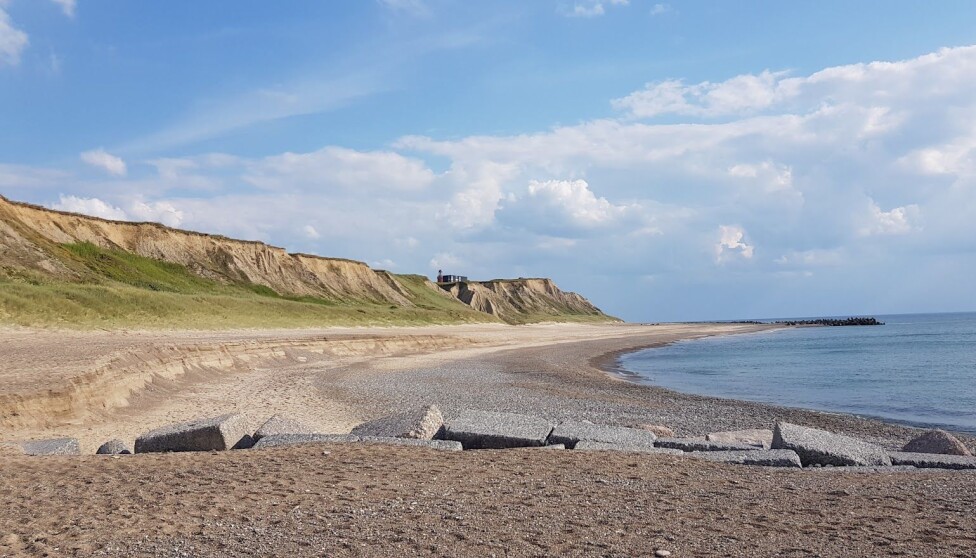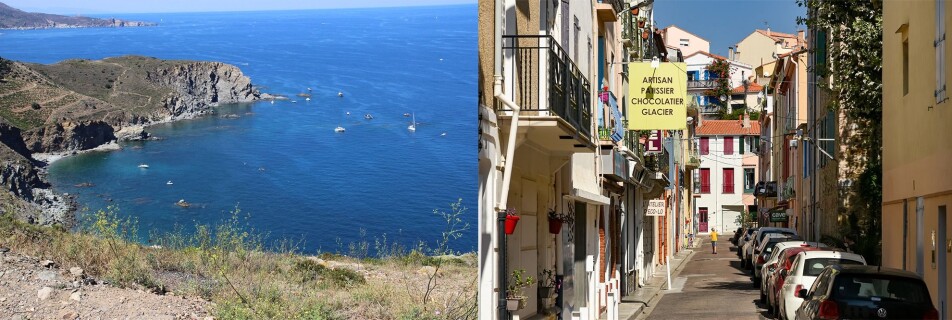Researchers' Zone:

What our online lives can tell us about how much we value nature
Most people like spending time in nature. But how important is it to our wellbeing? A new research project comes a few steps closer in answering that.
People are spending more and more time online. We share all aspects of our lives on different social media with friends and family but also with strangers.
We are also affected by social media posts from others. That lead us to engage with them and the content they share. Social media has just become another place where we interact with each other.
Which kind of benefits do we get from nature?
Interacting with others is fundamental for our wellbeing; so is interacting with nature.
We receive all sorts of services from nature; not only our food, and our clean air and water, but also services that are much harder to quantify like enjoyment, spiritual experiences, or a sense of place and identity.
These cultural services are beneficial to our physical and mental health. Frustratingly, these ‘intangible’ services are the most pervading ones in our daily lives yet the hardest to quantify and therefore value.
Everyone will know the benefits of passing through a city park on their way to work, or the pleasure of a stroll on a beach.
But if I ask you to quantify exactly how much benefit you think you have received and of what kind, it is a very hard task. It is equally hard for researchers.
So when we try to manage our interactions with nature to maximize equitably wellbeing benefits , we are still broadly navigating blind.
This also mean that the enjoyment and experiences we get from nature are often discounted when we transform our landscape.
We can quantify the unquantifiable
For the past eight years, several research groups, including ours, have spent a lot of time understanding whether we can eavesdrop on social media posts to figure out where and when people interact with nature.
We tend to take photos and describe the part of our nature experiences that mattered. So suddenly our online lives is opening the possibility to figure out, at a global scale, where people go to experience nature and what it is they are actually enjoying when doing so.
It opens the door to quantify and value the seemingly unquantifiable.
The value of marine protected areas for local communities
Armed with this insight, we wanted to know whether people used marine protected areas more to experience nature. Marine Protected Areas (MPAs) are an important marine management tool to restore biodiversity.
Globally, we have made commitments to protect large proportions of the oceans as MPAs. This includes the 10 percent of national waters protected as MPAs target in the UN Sustainable Development Goals and the ‘30 by 30’ initiative – i.e. to have 30 percent of all the oceans set as MPAs by 2030.
With such ambitious targets, we really need to ensure that MPAs not only work for biodiversity, but also for the communities that are to live with them.
MPAs can be managed with all sorts of interventions. Some are just ‘protected on paper’, lines on the water where nothing happens really. But some prevent or displace economically important activities for local communities like for example coastal fisheries.
In all cases, MPAs are advocated as interventions that can be used to attract more people to an area for tourism and recreation, hence potentially helping communities derive economic benefits from them.
Yet, this assumption has not been systematically tested.
125 millions photos taken over 10 years
We therefore sampled a social media platform for amateur photographers, Flickr, to assess whether MPAs attracted more people. There was not one easy way to ask this question.
We settled on comparing photos taken in all MPAs (there are about 15,000 of them catalogued in a global database) with photos taken in adjacent, unprotected, coastal areas of the same size, which we used as controls.
We harvested more than 125 million photos taken over the past ten years. We found out that, on average, more people were spending more days taking more photos in MPAs than in control areas.

The added value of Marine Protected Areas
We then looked at the photo subjects. We found that the photos in MPAs were more focused on natural assets (wildlife and wild landscape) and those in control areas where more focused on the built environment.
Control areas will have all sorts of natural and man-made features. This analysis tells us that people seemed to have a bias in what they photographed.
When there might have been seemingly equally similar natural features in control and MPA areas, people have taken more photos of those features in the MPA.
In the control zones, they have taken more photos of man-made features. So an MPA designation seems to add value to the existing nature assets present in the region.
Photographers described the MPA photos more positively, a proxy that tells us a little bit about the enjoyment experienced during the nature interaction.
We were also able to eavesdrop on the reactions of viewers to the photos. People that viewed the photos online tended to prefer the photos taken in MPA, regardless of the photo subject, and MPA photos received more comments.
We concluded that the 'average' MPA contribute more cultural ecosystem services – i.e. nature-based enjoyment, spiritual experiences, and the development of a sense of place – than other zones in their neighborhood.
These latter analyses also show that MPAs generated online attention for those destinations.
MPAs therefore add value to the existing wild- life and landscape at a destination on which communities can capitalize; both at the destination and online.
Nature 2.0: online experiences with real benefits?
In the same way that we have seen an evolution of our social lives online, we are seeing an evolution of our interactions with nature online too.
We now need to understand the value of this ‘online’ nature, what we called the ‘secondary exposure’ to nature. We know it brings enjoyment.
There are hints already that this secondary exposure to nature could also have some health benefits such as mood improvement, stress reduction and improved cognition.
Therefore, virtual experiences also offer opportunities for ‘nature-rich’ communities to reach out to all those people around the world who value highly this nature but cannot visit it.
In this vision, social media platforms like Facebook, which has more than two billion daily active users, have the scope to become marketplaces offering communities ways to develop nature experiences, focused on wellbeing benefits, from which they can derive an income.
We have come full circle. Social media has become the virtual ‘agora’ of old where everyone in the ‘known world’ can meet, discuss, and trade.
These virtual exchanges provide a way to transfer the value of natural resources to virtual counterparts and therefore, like the EU Green Deal advocates, decouple economic growth from natural resources exploitation.
They also open the door to better quantify the impact of nature on wellbeing, a crucial step for nations trying to shift to wellbeing economies.







